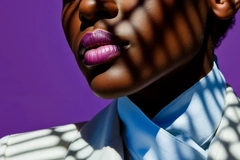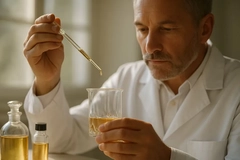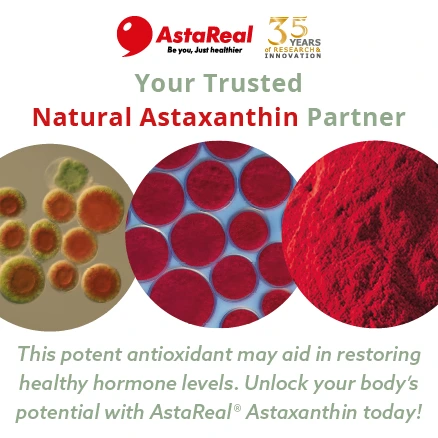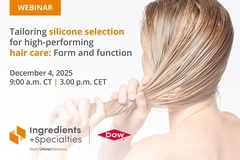Uute Scientific says microbial extract cuts medication use in atopic dermatitis patients
Biotech start-up Uute unveils a microbial extract derived from Finnish nature that can “significantly” reduce the need for atopy medication for skin diseases.
The Finnish company’s research showed that the lotion containing its Re-Connecting Nature (RCN) extract strengthened the skin’s protective barrier and also prevented irritation in 142 participants.
The company says the study is the first to show scientific evidence linking nature-based microbial diversity to an effective treatment for atopic dermatitis.
The ingredient is already featured in over 100 beauty and health products across ten countries, says Uute Scientific. Personal Care Insights speaks to CEO Kari Sinivuori to learn more about the extract.
What are the main new findings of your study?
Sinivuori: The main finding with atopic dermatitis patients was that they benefit from the regular use of the lotion containing natural microbial biodiversity. One group was using lotion with our ingredient, while the other was using a placebo. The study was also very large, with 140 people joining the study. Fifteen percent of the participants in the study had previously decided not to use traditional atopic dermatitis medications at all, as they did not find them useful or they experienced severe side effects, and they welcomed a more natural approach. People using our ingredient had better erythema readings measured, and they also had to use less traditional atopy drugs during the trial.
At the same time, we were able to confirm with an exceptionally large number of participants that lotion containing rich microbial biodiversity strengthens the skin’s protective barrier and prevents irritation. This claim is relevant for all beauty brands.
What makes Re-Connecting Nature unique compared to other natural ingredients in atopic dermatitis treatments?
Sinivuori: RCN microbial extract is based on unique and patented microbial biodiversity. The lack of it is actually the root cause of many skin problems, including atopic dermatitis. We have created a totally new category called Biodiversity Rich. It means that 1 g of our ingredient contains 700 inactivated bacterial species, while probiotic creams have a maximum of a few. Also, our manufacturing process is unique. Our slow-growing microbes cannot be grown in traditional bioindustry tanks, but we need a slower natural process to grow them, based on agriculture and forest industry biomaterial side streams. Our ingredient is Cosmos approved, naturally certified, microbiome-friendly and vegan.  Sinivuori says daily cosmetics with natural microbes are the perfect tool for negative effects of urbanization.
Sinivuori says daily cosmetics with natural microbes are the perfect tool for negative effects of urbanization.
How does microbial biodiversity in your extract strengthen the skin’s protective barrier?
Sinivuori: Lack of exposure to nature is hindering the immune system from working as it should, causing unnecessary inflammations on the skin. This is visible in the deterioration of skin barrier function or increased redness. Introducing biodiversity to skin care balances immune system reactions, reduces redness and improves the barrier. The improved barrier protects the skin from many other problems. The challenge remains for the cosmetic industry to explain the benefits to consumers in a way that is within the current regulations.
How do you see microbial extracts shaping the future of skin care for consumers in urbanized, overly hygienic environments?
Sinivuori: Urbanization has been one of the greatest innovations of mankind, facilitating work, education and healthcare. The downsides, however, are global warming and nature deficits, and they both need proper attention. Global warming is already a well-understood topic, while the nature deficit is relatively new. We need to reconnect people with nature to protect people’s health. Cosmetic products used on a daily basis containing natural microbes are the perfect tool for that.
What were the challenges during the seven-month study that could influence the extract’s application in personal care?
Sinivuori: Being a natural ingredient, no serious side effects were expected, and the study went really well. There were some dropouts, as always, but the typical reason was personal, not due to the study or the test lotion. We were surprised at how quickly we gathered a large number of participants, even though it was a placebo study — showing the demand for a new natural product solution is clearly high.
What steps are being taken to commercialize this ingredient, and how can brands use it in their products?
Sinivuori: Our target is not to make our own consumer products but to offer this active ingredient to established cosmetics companies, who can enhance their products by integrating them into their product lines. There are already 35 beauty brands from ten countries that have made over 100 products utilizing our ingredients.
We are partnering with raw material distributors who understand biotechnology. They sell globally and help with the formulation.














